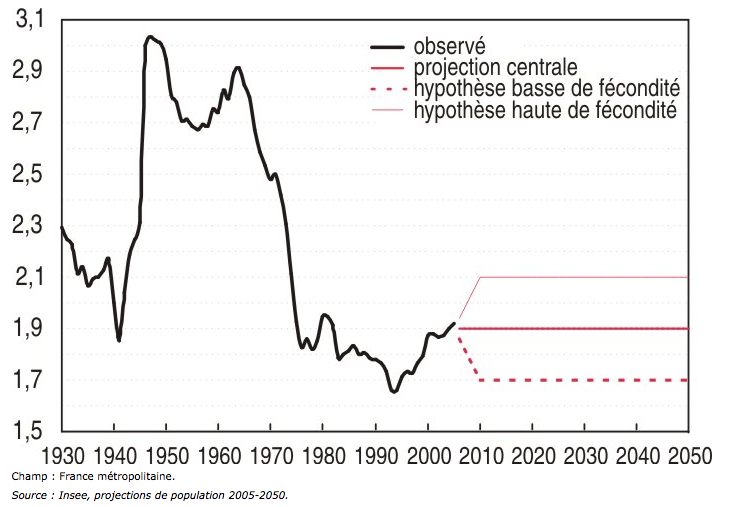American projections are worrying: the United States will have 2 million blind people and 7 million visually impaired people in 2050, twice as many as today.

The aging of the baby boomer generation raises concerns about the ability of younger generations to support it, in the financing of pensions and health systems. An article published in JAMA Ophthalmology does not reassure, but sheds light on the forecasts of visual loss that should accompany it: in the United States, the number of blind people is expected to double, from 1 million today to 2 million in 2050.
This represents an increase of 21% every ten years. According to the National Eye Institute (NEI), the baby boomers, the last of whom, born in 1965, will be 65 in 2030, are responsible for this sharp increase. This entire population will then be between 65 and 85 years old, which exposes them to a significant risk of visual loss.
Possible prevention
“These results are an important warning on the amplitude of the visual loss that we will have to face, worries Dr. Paul Sieving, director of the NEI. They suggest that we have the opportunity to identify people whose vision we can correct, and the warning signs of eye disease. “

Certain pathologies, if taken care of very early, can be slowed down, such as glaucoma. On the other hand, the part of visual loss linked to diabetes is more difficult to stop. But the specialist believes that prevention is possible. “Early detection and action – perhaps as simple as an optical prescription – could significantly reduce the preventable portion of vision loss,” he adds.
France is concerned
This increase does not only concern people with blindness, but also the visually impaired, who number 3.2 million today, but whose number is expected to climb to 6.95 million in 2050. For the researchers who carried out this study, blindness applies to people whose visual acuity is less than 1/10 (officially, according to the WHO, it is reserved for a vision less than 1/20), and visual impairment 5/10 (against 3/10 for WHO).
The DREES figures dating from 2005 reported 1.7 million average visual impairments in France (less than 3/10), of which 207,000 would be profoundly visually impaired or blind (less than 1/20). Figures which should also increase, the baby boom being even more important than in the United States. Demographic influences which, for sure, will drive up the cost of mutuals.

Fertility statistics: baby boom between 1945 and 1965
.















